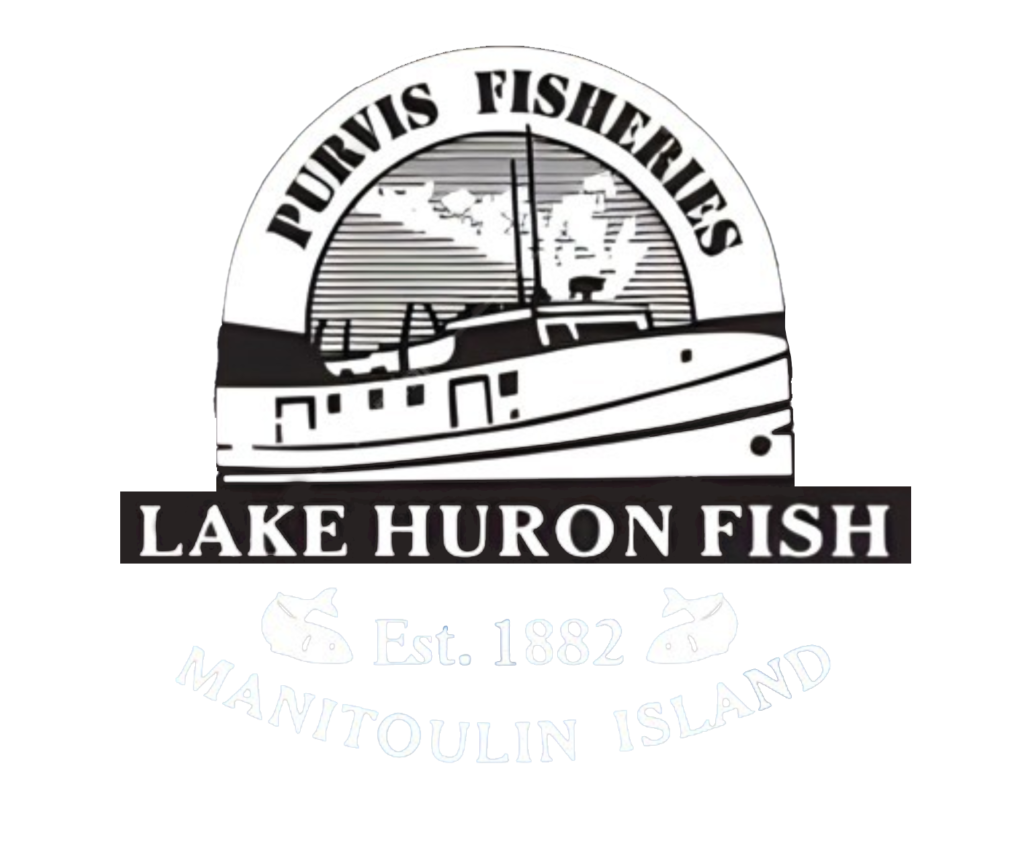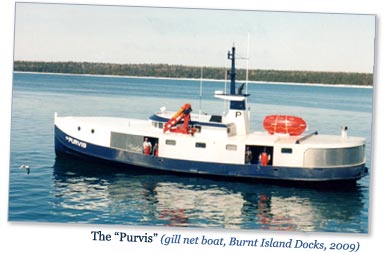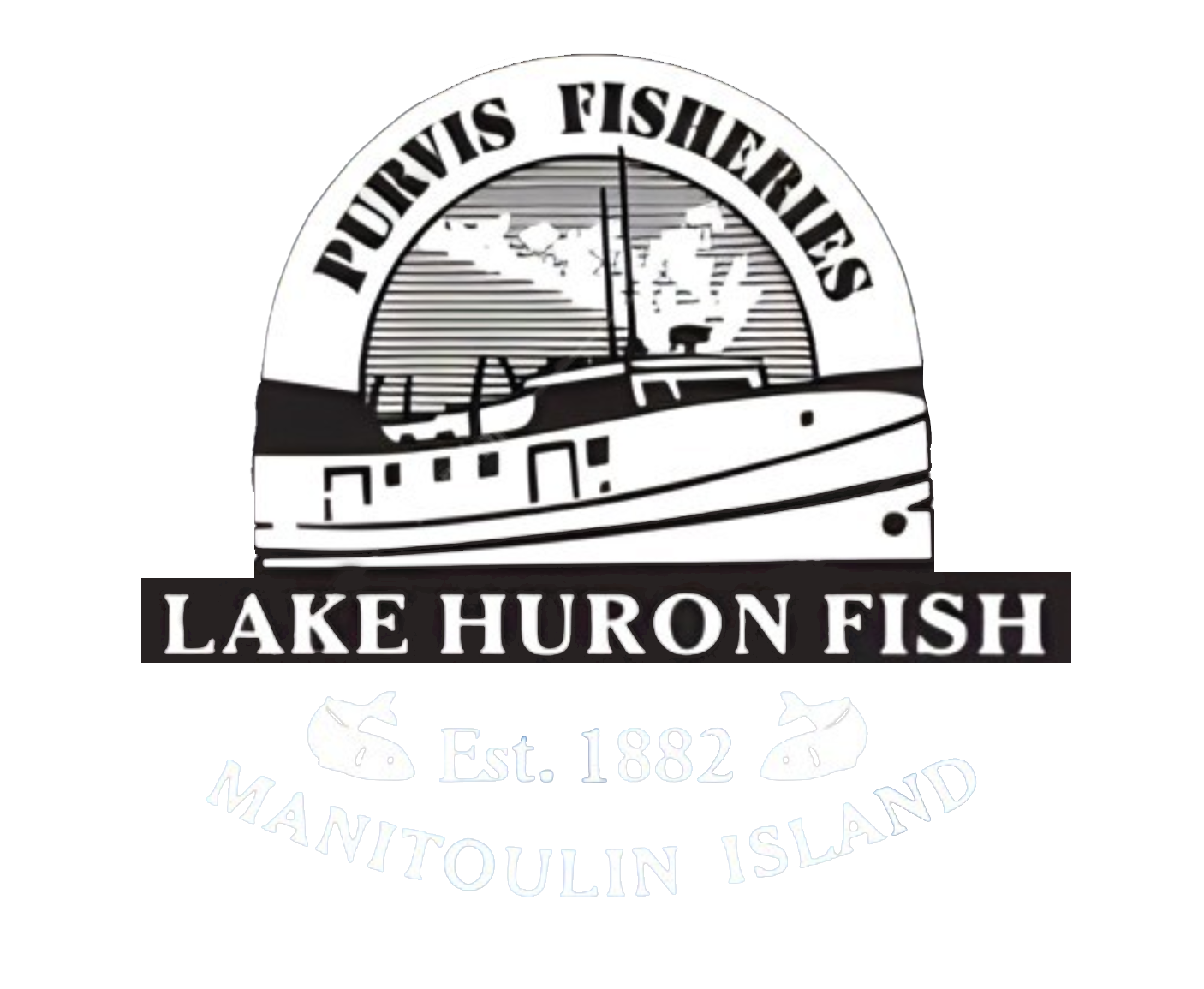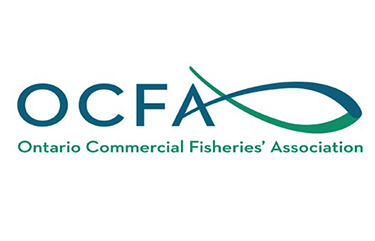
Proudly featured in:

Welcome
To Purvis Fisheries, the purveyors of great Lake Huron fish, available; fresh, prepared, smoked and frozen.
We’re a family owned & operated business with a storied history now in our fifth generation. With our team of 15 to 20 employees committed to strict quality control, our dedication to sustainable harvest practices, our sales staff’s strong focus on customer service, and the clean, cool waters of Lake Huron, we’re sure to continue providing a high quality product to our many appreciative customers.
Our Processing Plant
Our dock-side plant houses several modern processing machines which allows us to maximize quality and minimize waste. The dock-side location provides us the ability to process our catches immediately after our boats unload there catch; retaining as much freshness as possible. Our facilities are federally inspected by the Canadian Food Inspection Agency and have a registered Quality Management Program (QMP) which uses the principles of HACCP.
Our Management Team
Our whitefish is now Ocean Wise™ Recommended!
We’ve joined over 450 participating Ocean Wise™ members, all having committed to providing ocean friendly alternatives to our customers. It’s your assurance that you are making the best choice to ensure the health of our lakes and oceans for generations to come.
Fish Harvesting
We harvest our fish using one of two types of net gear; gill and trap. We sail two full-time 75 foot, 4-man crew gill net tugs six days a week, March through January, and two 45 foot trap net boats, gathering their catch twice weekly. We have two full-time employees who mend our nets daily.
Gill Netting
Gill netting is a selective means of catching fish you want to market. The size of the mesh, web strength, and net length and depth, regulate the size of the captured fish, so there is an extremely low incidence of bycatch, or non-target species (fish not intended for sale). Our nets are made of monofilament web imported from Japan and China. The name ‘gill’ net refers to the means of capture – the fish are unable to squeeze their bodies through the mesh openings, and so are captured in this position because their gills prevent them from backing out of the netting. This effectively traps them.Fish smaller than our target fish simply swim through the net, and those larger effectively ‘bang into’ the net and change direction, avoiding capture.


Trap Netting
Trap netting is much like you would guess, with one important distinction, its a live trap; the fish are enclosed in a open volume of netting called a ‘pot’ and remain alive and are able to swim and feed till the trap is raised to surface. Unlike other animal traps, these nets are not baited; their success depends on the fish swimming into the trap and not being able to find their way out. During harvest, the fish are sorted and those which are not wanted, because of either their size or species, are returned to the water alive. This form of fishing requires patients and great knowledge of local waters while placing nets. The enclosure fundamental of this form of harvest allows for a catch of unmatched freshness.




